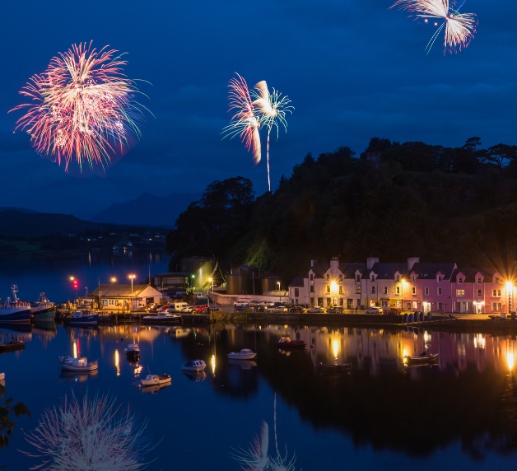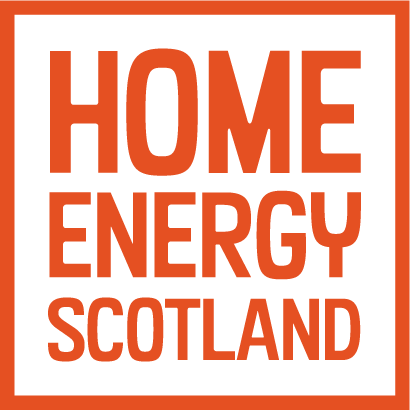A net zero partnership on the Isle of Raasay
A net zero partnership on the Isle of Raasay
Read about a net zero partnership between the Isle of Raasay, the Carbon Neutral Island project, and Home Energy Scotland.
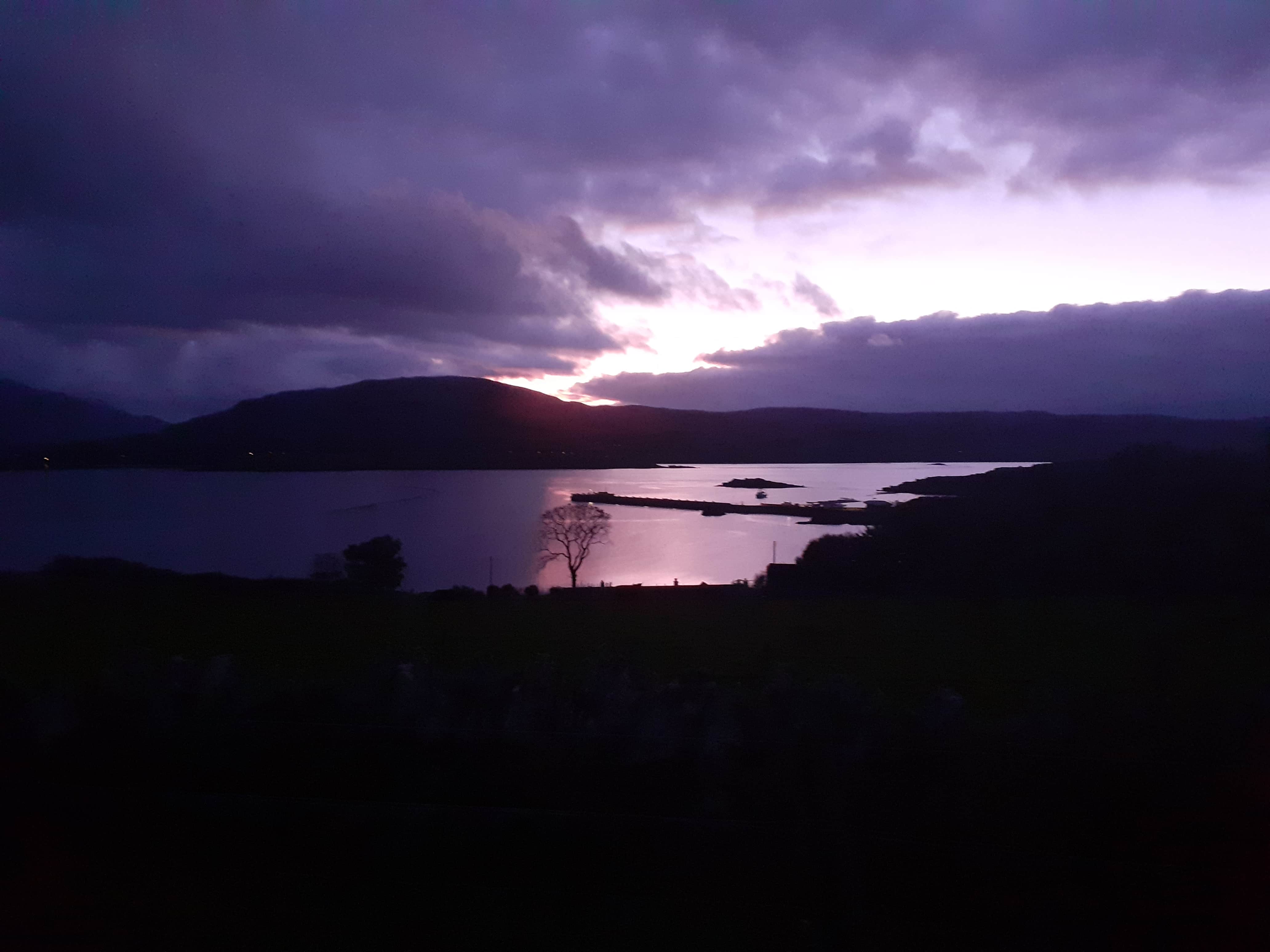
Raasay (Gaelic: Ratharsair) is an island that lies in the Highlands, nestled between the Isle of Skye and mainland Scotland. It has a varied geography, with rolling hills, native forests, and secluded beaches. Only 14 miles long by 3 miles wide, Raasay has a resident population of 179.
In May 2022 Raasay was selected as one of the six Scottish islands that would be supported by the Carbon Neutral Islands (CNI) project alongside Barra, Cumbrae, Hoy, Islay, and Yell. The CNI project is a Scottish government commitment to support the islands to reach net zero by 2040. The project has put the community front and centre of its delivery. It will not only help the islands reach net zero but will also support local economies through investment in projects that have benefits that go beyond cutting emissions alone. A key pillar of the project is the sharing of good practices and learning, so that the six islands – including Raasay - can act as catalysts to help other islands on their decarbonisation journeys.
On each island the project is led by a local anchor organisation who are guided by the island community. They receive support from the Scottish Government islands team, and a range of associated partners, such as: Community Energy Scotland (CES), the key delivery partner for the initial phase of the CNI project; Scottish Communities Climate Action Network (SCCAN); Sniffer; and Aquatera; alongside other external project partners. The local anchor organisation on Raasay is the Raasay Development Trust (RDT). As part of the CNI initiative CES helped RDT to produce energy and transport carbon audits and a residents survey, which supported the development of a Community Climate Change Action Plan. Two carbon neutral development officers (CNDOs), Rosie Macinnes and Tom Lusink have been employed by RDT and have played a critical role in engaging with the community and developing projects to bring the action plan to life.
Domestic energy challenges
Historically, residents of Raasay have struggled to get retrofit work done on their homes because accredited contractors are reluctant to travel to the island for a single house visit. Yet they desperately need such work - the Raasay residents survey found that 55% of residents are regularly rationing their purchase of heat, 47% of residents live in dwellings that suffer from some kind of damp, and 61% supplement their heating with devices such as portable heaters or hot water bottles in order to keep warm.
The largest source of emissions on the island is energy use, which is dominated by the burning of fossil fuels to provide heat in both residential and non-domestic settings. Stoves and open fires, oil boilers, and storage heaters are the most common heating systems; and due to the poor quality of housing stock it takes a lot of energy to heat houses adequately. As part of the Community Climate Change Action Plan, Raasay residents were consulted on priorities for action. This revealed that insulating and retrofitting houses was the biggest concern going forward.
The Carbon Neutral Islands project takes a comprehensive approach - aligning with wider net zero and decarbonisation efforts - in order to support the six islands involved to become carbon neutral by 2040. On Raasay, one of the priorities for the Carbon Neutral Islands project is to overcome the problems faced with retrofitting local housing. Improving housing quality is a priority in Scotland and rural and island communities tend to fall behind when it comes to warm and efficient housing.
- Rosie Macinnes, Raasay carbon neutral development officer.
How Home Energy Scotland helped
Home Energy Scotland’s highlands and islands team were invited to support the Raasay CNI project as we are well placed to provide data on the housing stock on Raasay. We can provide detailed modelling of individual homes, including different options for improving their energy efficiency and this data was used to complement the results of the community consultation and the residents survey; and provided evidence for the need for substantial retrofit work on Raasay to reduce emissions from energy use, reduce the cost of heating dwellings, and to increase comfort and warmth in peoples’ homes.
Once the RDT and the CNDOs on Raasay knew that retrofit was something that the community wanted to see they started to explore what different options and funding streams were available. It was clear to them from early on that they needed to take an “all at once” approach, and working with Home Energy Scotland a plan was put together to get as many houses as possible signed up for a home energy visit so that the Home Energy Scotland Highlands and Islands advice centre could come into the community and do them all at once.
On 16th October 2023, the Home Energy Scotland team travelled across to Raasay. Prior to their visit, Rosie Macinnes reached out to households, getting over 40 pre-booked for Home Energy Improvement Reports. This allowed the Home Energy Scotland team to hit the ground running and over three days they provided a range of activities for islanders, from drop-in sessions to home visits. Colleagues on the mainland were able to generate home reports for households that had an EPC report but for those without, the team were able to go to their houses and gather the information they needed to produce the reports.
What is the outcome of the partnership?
The Home Energy Scotland highlands and islands team’s work on Raasay resulted in 42 Home Energy Improvement Reports - there are around 90 permanent households on Raasay so this represents a significant proportion of the full-time population. The team were also able to identify over 20 properties as being suitable for a referral to the Highland Council Area Based Scheme, and over 12 as suitable for a Warmer Homes Scotland referral.
We worked with Home Energy Scotland’s highlands and islands advice centre to proactively approach residents and to encourage them to sign up for a home survey. 47% of households that live in Raasay full time, as well as a few others, signed up... and the team carried out 45 reports through a mixture of online work and a mass site visit. We are now working with Highland Council and Scottish Government to build on what has been done so far in order to create a project that will allow the homes on Raasay to be retrofitted collectively to avoid the normal supply chain, accommodation and contractor problems. The project will use a mixture of funding streams and will allow social housing as well as those with second homes on the island to be involved.
- Rosie Macinnes, Raasay carbon neutral development officer.
Next steps and learnings
Highland Council contractors have started carrying out mass retrofit – social housing is included, enabling anyone who doesn’t qualify for a grant to self-fund their own retrofit measures. As of October 2025, 50 measures have been installed across 12 households, which include air source heat pumps, solar PV, battery storage, and various types of insulation.
Our involvement on Raasay is a small part of a much wider project. Due to work carried out previously by CES and RDT, retrofit was identified as a priority for residents of Raasay; the engagement of the carbon neutral development officers meant that there was someone on the island with the time and resources to move the project forward; and local connections enabled us to take a hyper-localised approach, taking advantage of pre-existing networks to reach as many people as possible in just three days. All this resulted in Home Energy Scotland having contact with 40% of all households on Raasay in a single trip.
Our project partner Community Energy Scotland and community organisation Raasay Development Trust played key roles in ensuring success. Without their local knowledge and embedded trust from the community, along with their practical and pragmatic approach, this project would not have been possible.
To discuss this project or enquire about carrying out a similar project in your local area please contact our team today.
Latest news and case studies
We have articles, blogs and case studies covering topics ranging from home energy tips to low carbon travel, and business advice to installing renewables.
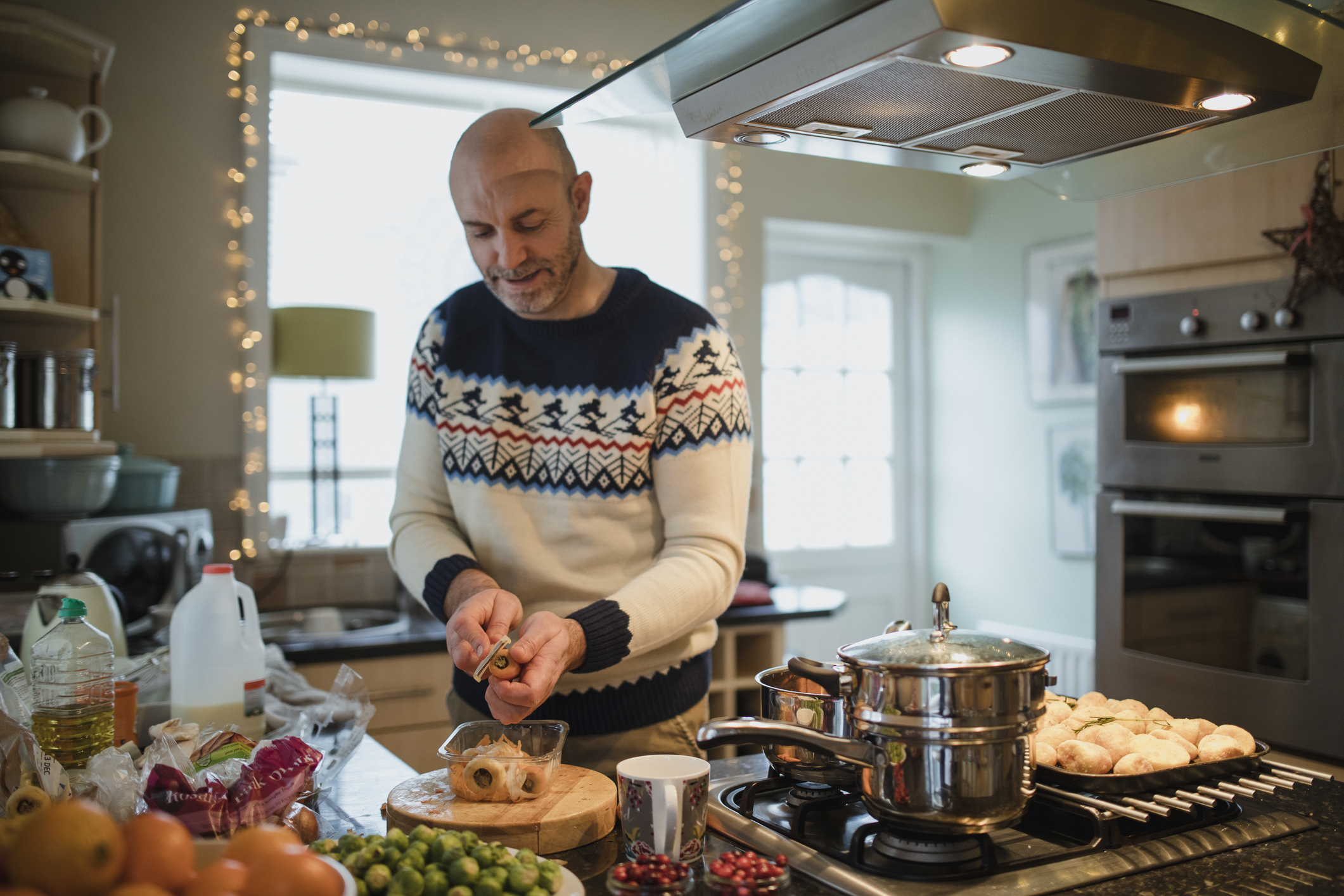
Save energy while cooking this Christmas
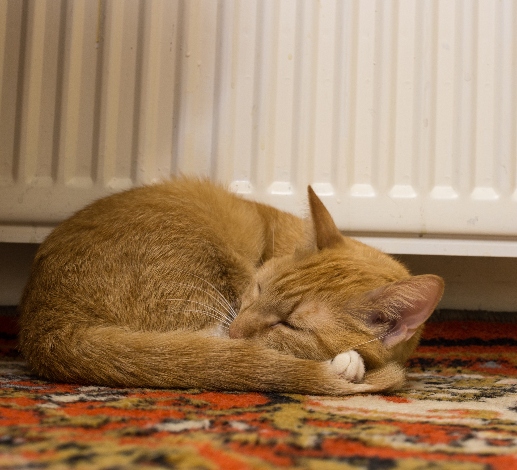
Stay warm at home for less
